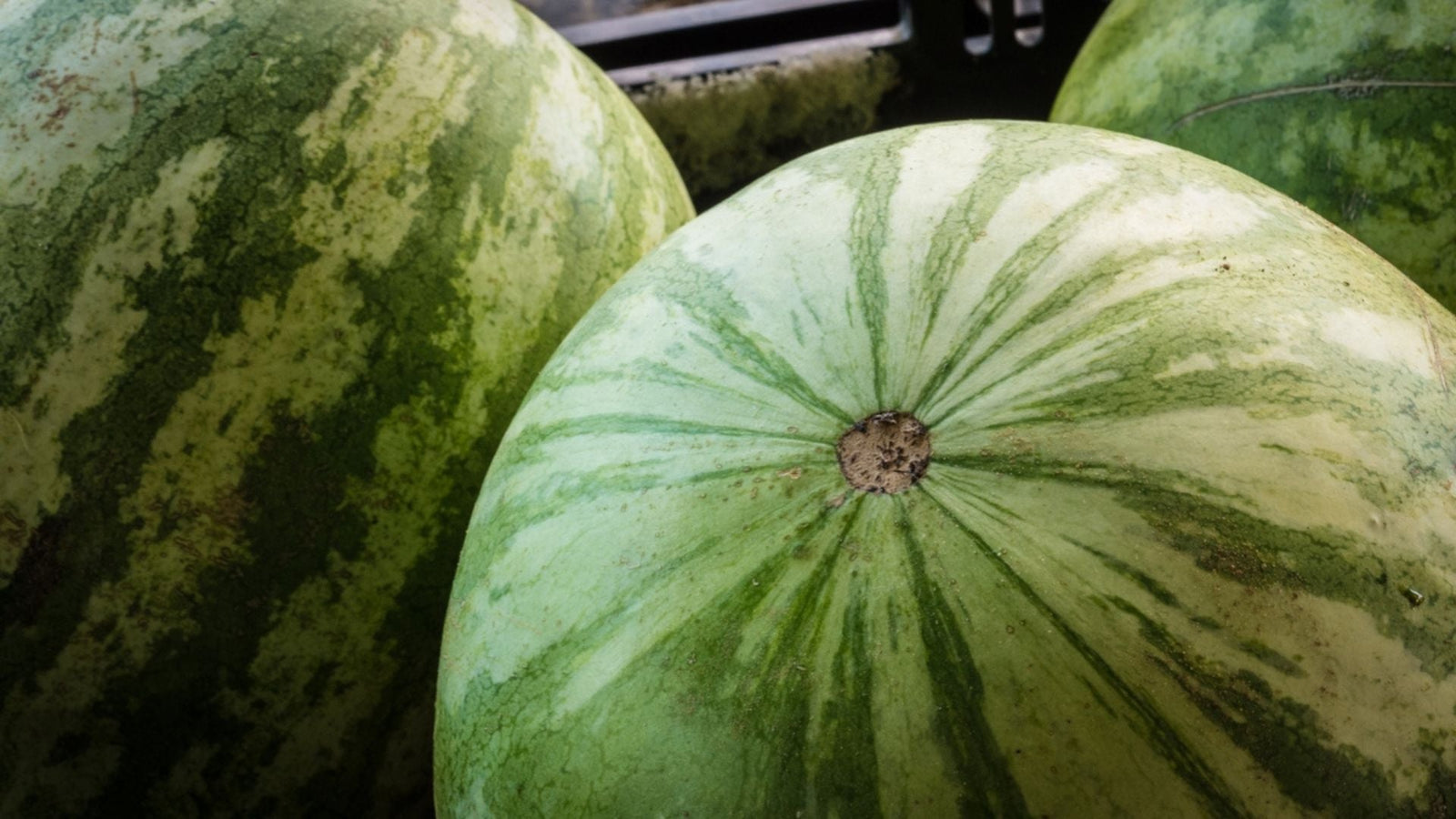The tropical aroma of ripe passion fruit is the smell of summer! This vigorous vine is a popular multi use plant for urban gardens.
Passionfruit is an awesome perennial climber which is hardy to wind and heat, making it very well suited to our Mediterranean climate here in Perth. Seeds germinate quickly in Spring when the soil is warm and the vine will grow rapidly along fences or overhead trellis. It can also be grown across chook runs to provide shade and fruit to chickens.

Passionfruit vines are vigorous and boast beautiful flowers
The Origins of Passionfruit
Originally, Passionfruit hails from the Amazon Rainforest where the indigenous people from the region use the leaves of the vine to make poultices and medicines to treat cuts, bruises and to relieve pain. It was also used as a sedative. In the early 1800s, it was noted in early medical journals from Southern US, that passionfruit was used to treat headaches, pain, colic, epilepsy and convulsions. The plant was found in most corners of the world by the 20th century.
A Permaculture Plant
In Permaculture, we talk about elements in our garden or home having more than one use or purpose, as well as ways in which an element can interact with at least 3 other elements in our garden or home to provide a closed loop system. A Passionfruit vine is a perfect example of one of these plants providing multiple uses and functions.
The first and most delicious use is as a food source for us. Planted in the right place, the plant can be used to cover fences to absorb radiant heat, or as a green screen to cover an unsightly view. It also provides a handy shade structure if trained to grow over a trellis or a chicken coop. And if you are lucky enough to have chickens as well, the nitrogen and iron rich chicken manure is a perfect fertiliser for the heavy feeding Passionfruit vine.
How to Grow Passionfruit from Seed
Passionfruit grown from seed is less prone to suckering, unlike the grafted passionfruit plants you buy from a nursery.
Seeds are best sown into 10cm pots. Place 2 seeds per pot into moist seed raising mix, watering the seeds in with a seaweed solution. Place the pots in a warm, well lit spot but away from direct sunlight. Mist the soil regularly to ensure it doesn’t dry out, switching to a gentle watering with a watering can fitted with a rose once the shoots appear. Germination can take anywhere between 10-21 days.

Passionfruit is easy to grow from seed - even the kids can get involved!
Once your seedlings are about 5cm high, you can water with a liquid plant food every 14 days. It is also time to harden up your seedlings ready for planting in their final place. Once your seedlings are 10cm high, the root system should be developed enough to transfer them to a larger container.
If you were lucky and all your seeds germinated, separate multiple plants carefully into their own pots and provide a climbing support. After about 6-8 weeks, the seedlings should be large enough, with a strong main stem and some side branches and tendrils, to survive transplanting into the ground in the garden. Plant your passionfruit in full sun with well drained soil, preferably near a structure such as a fence or trellis for the vine to climb on and where there are no competing roots. Mulch around the root system to stop it drying out.

Passionfruit flowers are striking and come in a variety of colours including pink, white and purple
Fruit will generally appear about 18 months after planting your seeds, after the appearance of the striking Passion flowers. Providing healthy bee habitatsin your garden will help to ensure your flowers are pollinated for maximum fruit production. Harvest your fruit when they turn purple and have started to slightly wrinkle and the skin can be pushed in.
Five Fabulous Passionfruit Varieties to Grow
1. Hawaiian Yellow
A fast growing climber that is nematode tolerant with bright yellow oval shaped fruits (approx. 60mm diameter) that drop off the vine when ripe. Sweet fruits with a nice acid balance - makes great fruit leather or a superb passionfruit and pumpkin chutney.
2. Japanese Hardshell
A fragrant climber with beautiful flowers and delicious hard shell fruit. The fruit are green to light orange with a taste of grapes and need to be cracked open before eating. This semi evergreen does well climbing over a trellis.
3. Love in a Mist
A vigorous fast growing and wind tolerant climber that can be grown as an annual where cold winters prevail. Produces a small (15-20mm) soft skinned yellow fruit with a pleasant flavour. Poultry love the fruit!
4. Tennis Ball Pink
A subtropical variety that prefers a warm, north facing location in winter. Large round pink/purple fruit grow on a vigorous vine through Winter. Allow skin to wrinkle slightly to attain full sweetness - excellent flavoured pulp. In hot, dry Summer regions it grows better along fences rather than an overhead trellis.
5. Pawpawadilla
A perennial variety of green passionfruit from Zimbabwe. It has a delicate three fingered leaf and is hardy to wind and extreme heat. The fruit (approx. 50mm diameter) are sweet and non-acidic with a soft skin that peels off easily. A good nematode rootstock for Passiflora edulis.
Maintenance of Passionfruit Vine
Passionfruit is a heavy feeder and will appreciate a good feed every 6 months with either well composted chicken manure or pelletised chicken manure. In addition, regular applications of seaweed and fish emulsions and the odd handful of rock dust, will ensure that your plants remain healthy and strong. You can give a good prune in late winter and early spring, with regular smaller pruning of the tips when establishing your plant to promote good lateral growth. Passionfruit also requires regular, deep watering so installing a drip line system will help to ensure that the water is targeting the root zone. By avoiding the leaves when watering you will also help to prevent diseases and pests like collar-rot and scale.
Uses for Passionfruit
The tart yet sweet seedy flesh of the passionfruit is delicious raw, but is also the star of delicious desserts and drinks (passionfruit mojitos anyone?). It makes a wonderful and decorative touch to a summer fruit platter. As well as being delicious, it comes with a bonus of being extremely good for you! Passionfruit is extremely high in Vitamin C and may also help to reduce high blood pressure.

Did you know that the leaves of the passionfruit vine are also edible? The young tender leaves are best for eating and can be eaten raw like spinach in salads or when cooked, lends itself particularly well to Asian dishes like curries or stir fries. The leaves are also high in vitamin A and niacin. The leaves can also be dried for use in teas and herbal remedies and are known to have a calmative effect.
We'd love to know your favourite passionfruit recipes.
Pop in store today to pick up some passionfruit seeds and get growing!






Peter white
March 28, 2022